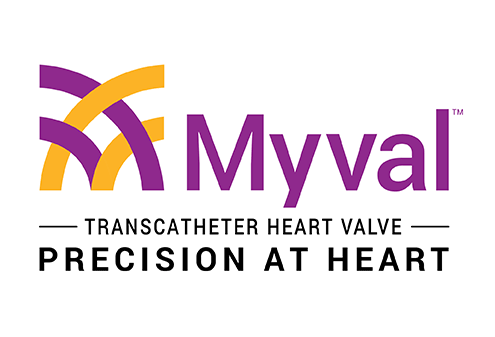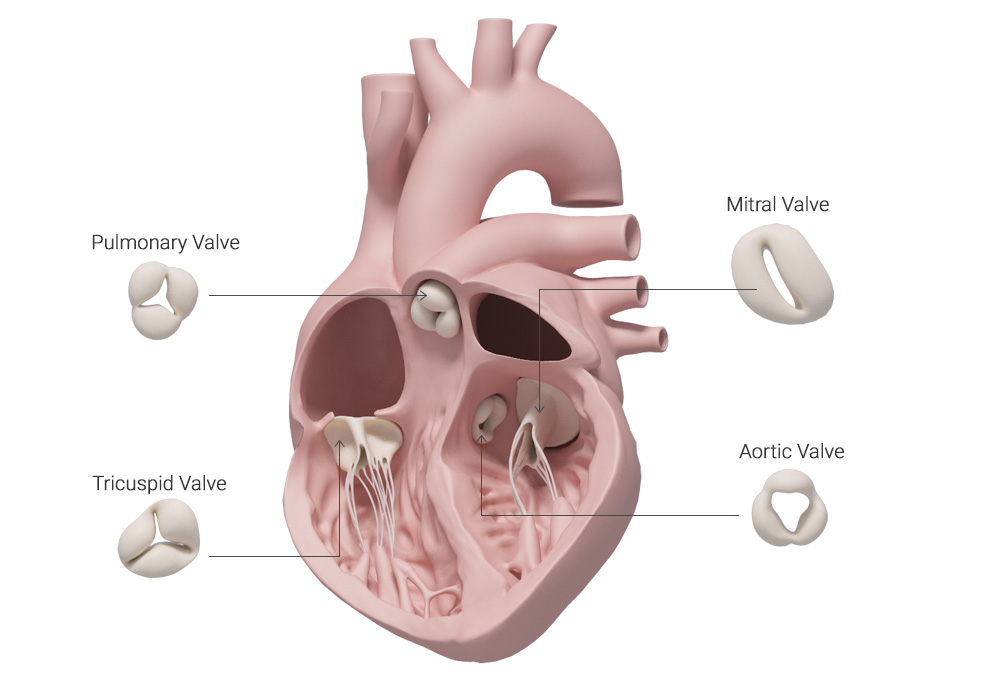Your heart is made of muscles and is about the size of your fist. The primary function of the heart is to provide oxygen-rich blood to the entire body. The heart performs this function by pumping blood through its four chambers along with the corresponding heart valves.
The valves open when the heart pumps to permit blood flow. They quickly close to prevent the blood from flowing backwards. Any problem with the valve will make it difficult for the heart to pump blood in the required direction and in the required quantity.
- The aortic valve controls flow of blood from the heart to the rest of the body (except lungs).
- The pulmonary valve controls blood flow to the lungs.
- The mitral and tricuspid valves control flow of blood between the chambers of heart.
The valves open and close over 2 billion times during an average lifetime.
Common Disorders of the Heart Valves
· Valvular Stenosis.The valves possess thin tissue leaflets that open and close during heartbeat. Stenosisrefers to narrowing of the valve due to thickening, stiffening, or fusion of these leaflets. Hence, the valve isn’t able to open completely, which means that not enough blood can flow through the valve. If left untreated, severe stenosis can progress to heart failure or even death.
· Valvular Regurgitation. Also known as ‘leaky valve’, in this condition the valve becomes damaged or worn out and blood begins to leak in the backward direction. This condition makes the heart to work with more effort to maintain normal blood circulation, thus limiting your daily activity.




